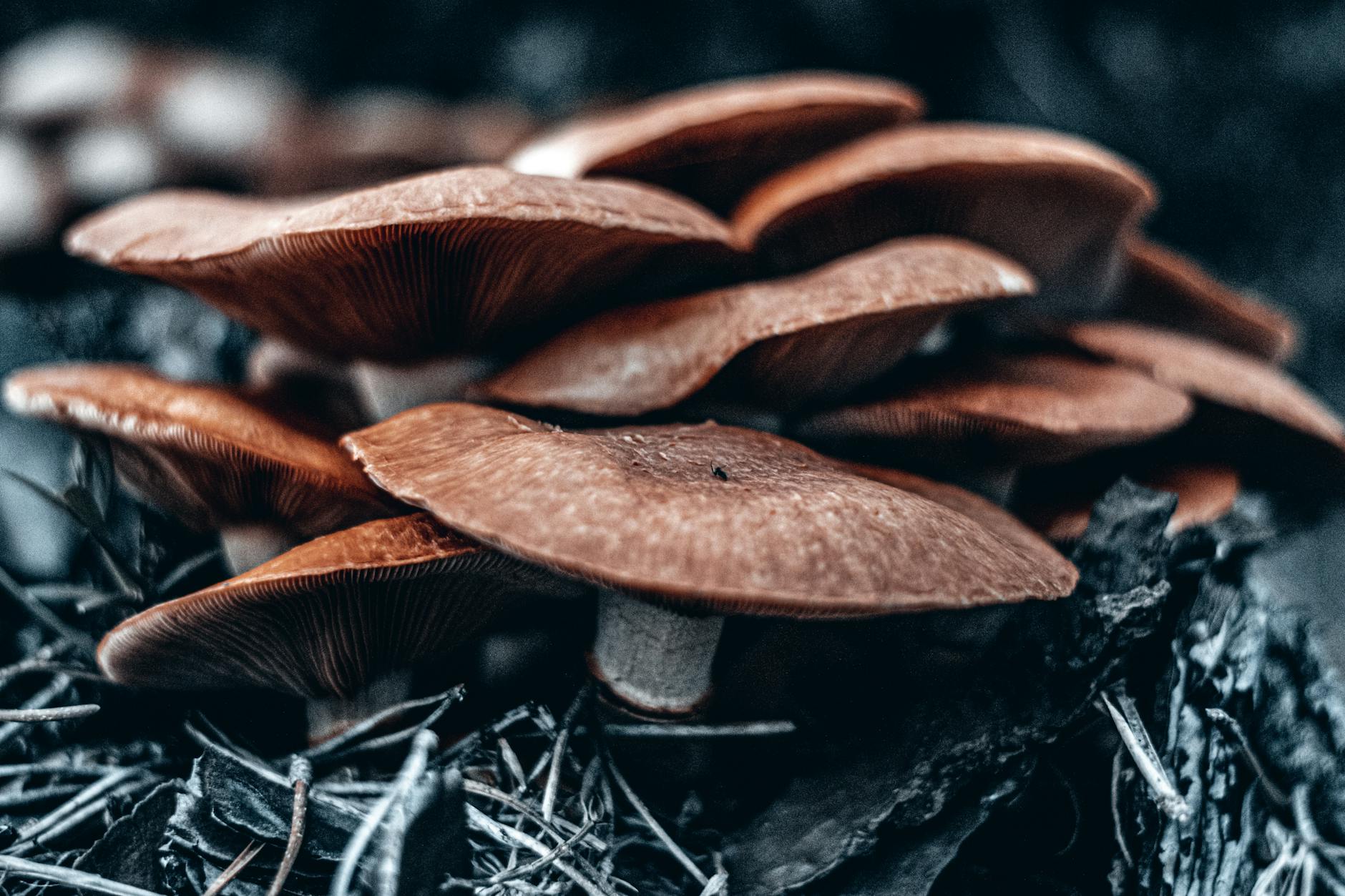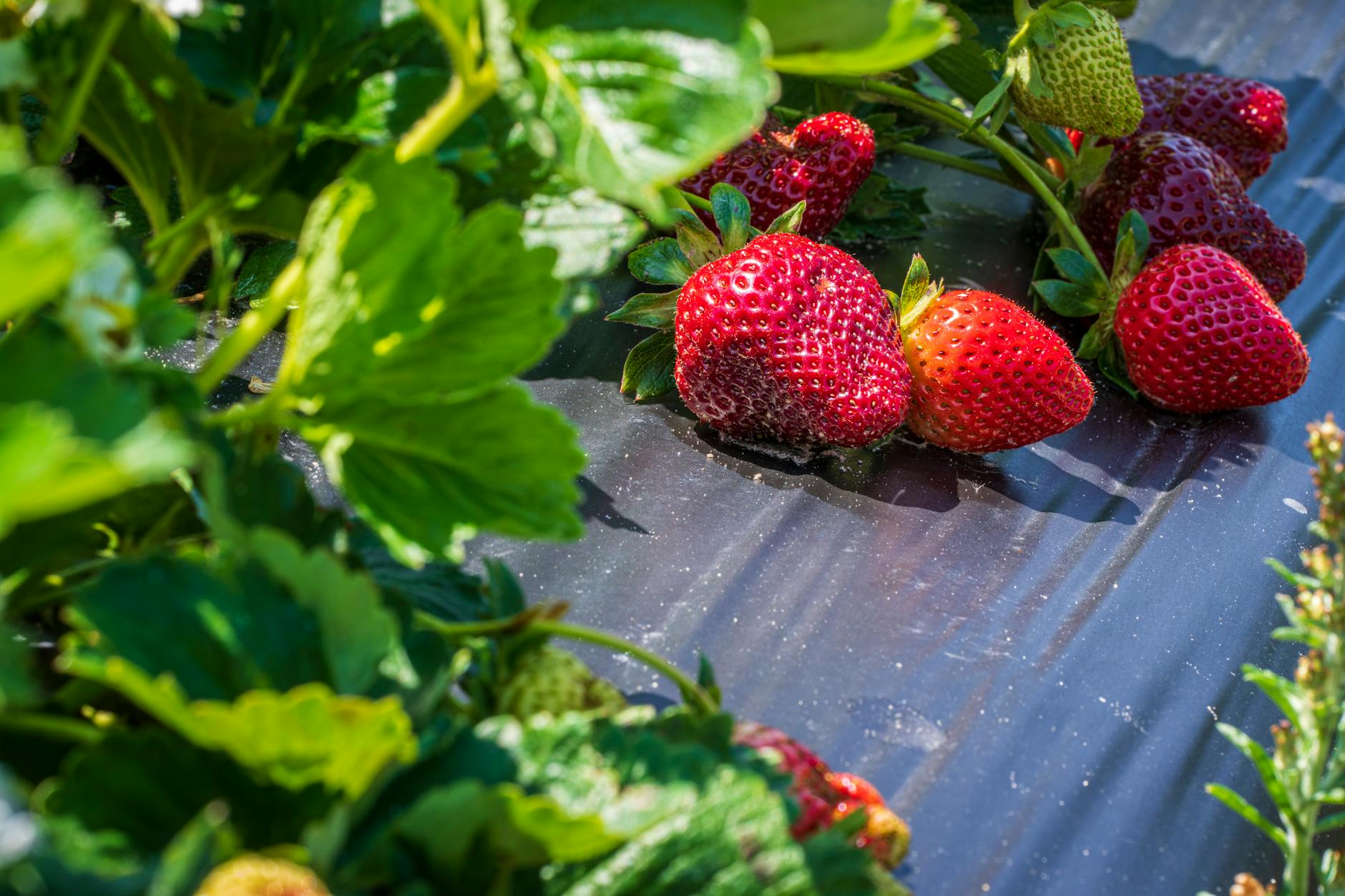Mushroom Cultivation Made Effortless: Beginner’s Guide
Are you intrigued by the idea of cultivating your own mushrooms but feeling a bit overwhelmed by the process? Fret not, as mushroom cultivation can actually be quite a straightforward and rewarding experience, especially for beginners. From selecting the right mushroom varieties to understanding the basic cultivation methods, this beginner’s guide will help you embark on your mushroom-growing journey with confidence.
Choosing the Right Mushroom Varieties
The first step in mushroom cultivation is selecting the right varieties to grow. As a beginner, it’s recommended to start with easy-to-grow mushrooms such as button mushrooms, oyster mushrooms, or shiitake mushrooms. These varieties are known for their adaptability to different growing conditions and are well-suited for beginners looking to gain hands-on experience in mushroom cultivation.
Setting Up the Growing Environment
Once you’ve chosen the mushroom varieties you want to cultivate, the next step is to prepare the growing environment. Mushrooms thrive in dark, humid, and well-ventilated spaces. You can set up a growing area in your home using materials like plastic containers, sawdust, or straw, depending on the mushroom variety you’re cultivating. It’s important to maintain a consistent temperature and humidity level to ensure successful mushroom growth.
Inoculating the Substrate
After preparing the growing environment, the next crucial step in mushroom cultivation is inoculating the substrate. This involves introducing mushroom spawn into the growing medium, where the mycelium will colonize and eventually produce mushrooms. You can purchase mushroom spawn from reputable suppliers or make your own using sterile techniques. Once the substrate is inoculated, it’s important to keep it in a dark and humid environment to allow the mycelium to spread.
Caring for Your Mushroom Crop
Caring for your mushroom crop involves maintaining the right environmental conditions, including proper humidity, temperature, and ventilation. Regularly check the growing medium for moisture levels and adjust as needed to prevent drying out or over-saturation. Keep an eye out for any signs of contamination, such as mold or unusual odors, and take prompt action to prevent the spread of contaminants.
Harvesting Your Homegrown Mushrooms
As your mushrooms mature, it’s time to harvest your homegrown crop. Depending on the variety, mushrooms can be harvested at different stages of growth. Use a sharp knife to cut the mushrooms at the base of the stem, being careful not to damage the surrounding mycelium. Harvested mushrooms should be stored in a cool, humid environment to maintain freshness.
In conclusion, mushroom cultivation doesn’t have to be a daunting task, especially for beginners. By following this guide and remaining attentive to the needs of your mushroom crop, you can enjoy a bountiful harvest of homegrown mushrooms. So, roll up your sleeves, gather your materials, and get ready to embark on a fulfilling journey into the world of mushroom cultivation. Happy growing!


